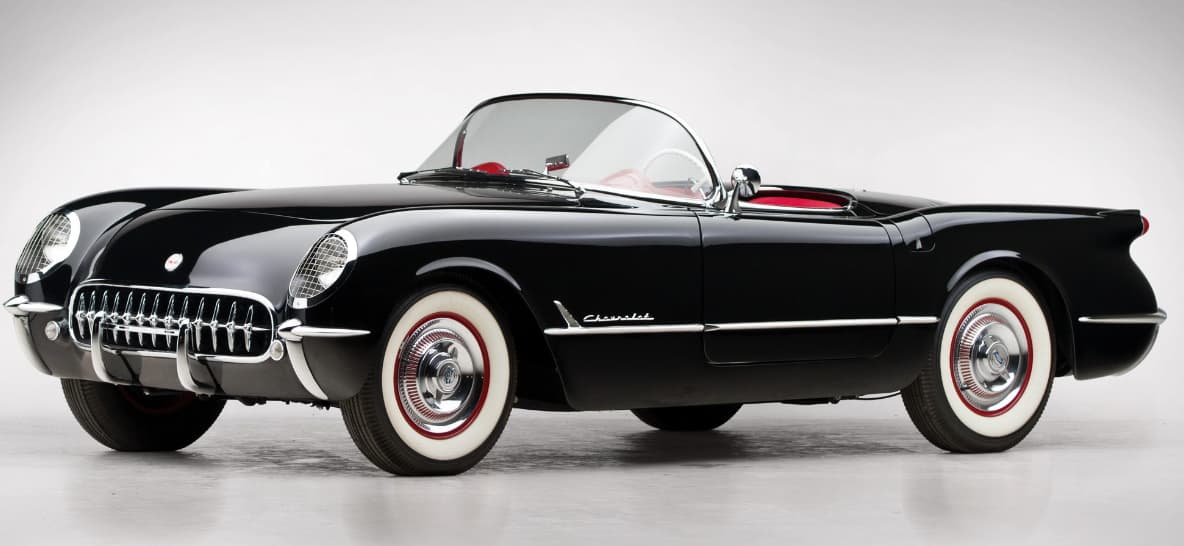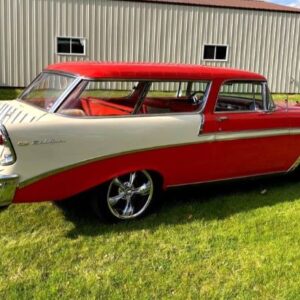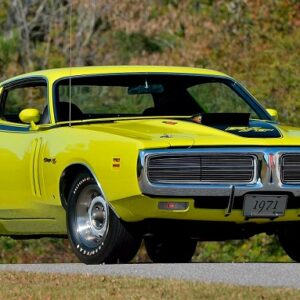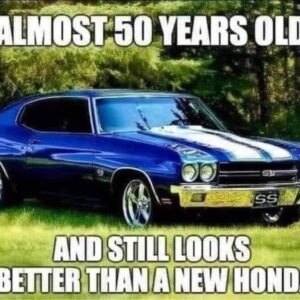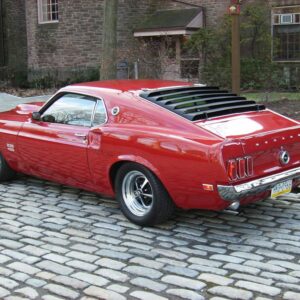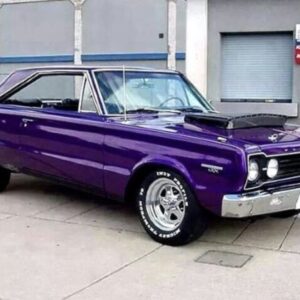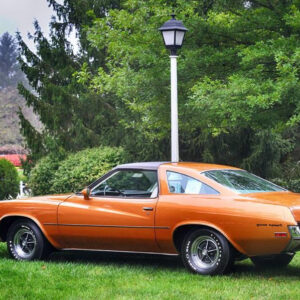In the early fifties, European brands such as Ferrari or Jaguar, used to win on the race tracks in the United States. Harley J. Earld, who at the time was working as a designer for Chevrolet, was tired of the constant and convinced his bosses to design a car that could compete with them.
The first Corvette
Shortly after convincing the managers of General Motors, in January 1953, the Corvette Dream Car was born. A two-seat, low-budget “concep car” that was presented at the New York Motor Show, with very good reception.
Six months after its introduction, the first Corvette model goes into production. Built entirely by hand at Chevrolet’s Michigan facility.
Corvette C1 Design
With the intention of lowering costs and producing the vehicle as quickly as possible, they decide to manufacture the body with fiberglass panels. In this way they saved the long and expensive tooling required for manufacturing with steel plates and made the car lighter.
The Corvette’s chassis is very similar to that of the Jaguar XK-120 with a frame of steel beams, a wheelbase of 2.50 meters and an overall length of 4.25 meters. The front suspension is made up of springs and shock absorbers, while the rear would continue to use leaf springs and a solid axle.All the models that went on sale that first year were painted white, with a red leather interior and a black top. To open the doors from the outside, the driver had to insert his arm and open from the inside handle, since they did not have external handles.
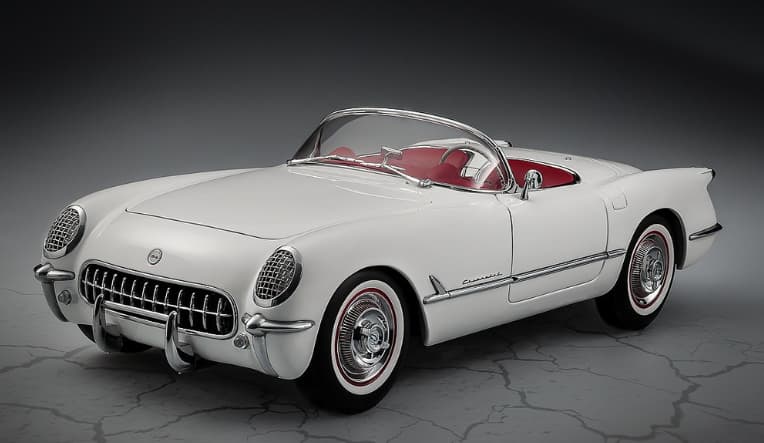
1953 Corvette Engine
This first Corvette Blue Flame model had a very solid and reliable 6-cylinder engine, but it was considered very underpowered for a sports car. It was fed with triple lateral rotation carburettors and its maximum power was only 150hp at 4,200 rpm.
The price of a Corvette in 1953 was $3,498 and 300 units were sold that first year.
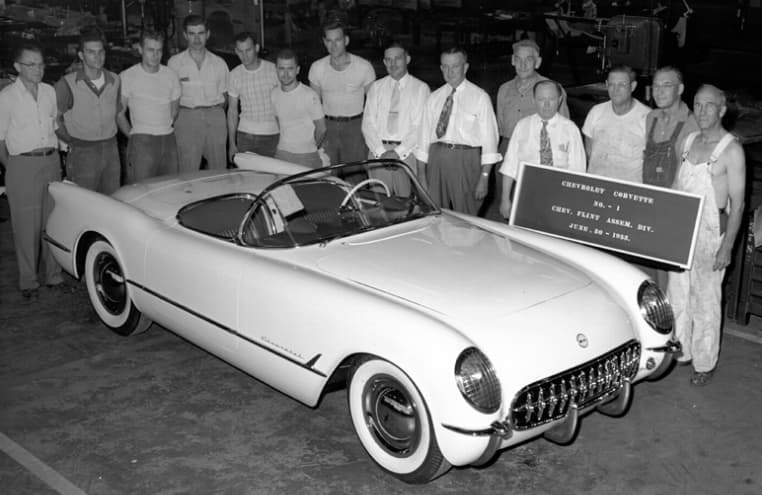 Corvette 1954
Corvette 1954
In 1954 Ford launched the Ford Thunderbird with a V8 engine and very luxurious equipment. That’s when Corvette sales plummet.After much hesitation, Chevrolet decides to continue producing the model. Add more amenities and more power to compete with its rival and it soon becomes a success. It is then that its legend as an American sports car begins.
